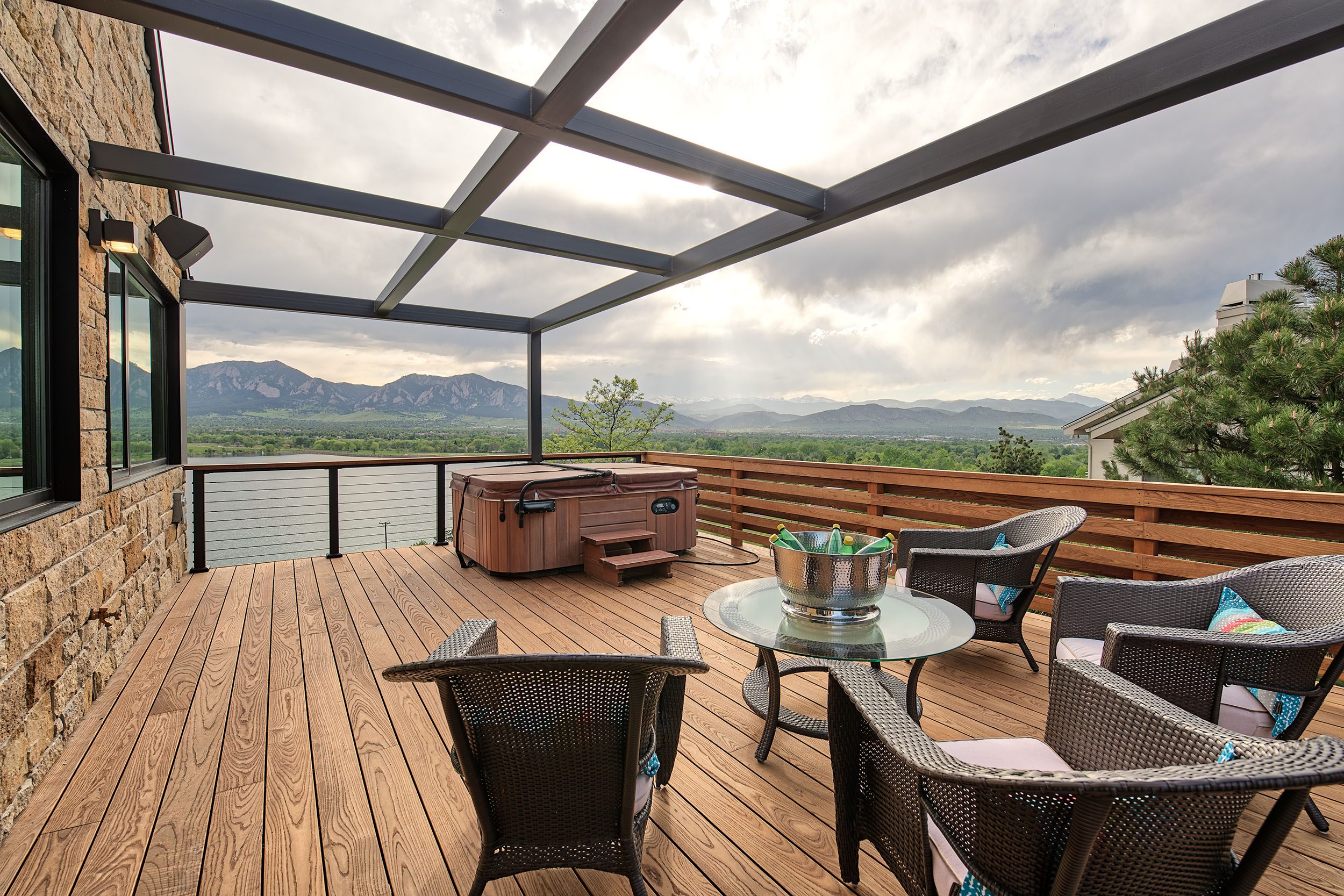Thermally modified wood is rapidly gaining recognition in the construction and design industry, emerging as an innovative and eco-friendly material for both indoor and outdoor applications.
But what exactly is thermally modified wood, and why is it increasingly becoming the choice for architects, builders, and homeowners? Let’s dive in and explore the numerous benefits of thermally modified wood and its common uses.
What is Thermally Modified Wood?
Thermally modified wood is an all-natural, chemical-free product that undergoes a process called thermal modification.
This involves subjecting the wood to high temperatures, typically between 160 to 210 degrees Celsius, under controlled conditions, altering the wood’s properties at the molecular level. The heat treatment makes the wood more stable, durable, and resistant to rot, mold, and insects — thus enhancing its performance and lifespan.
The Benefits of Thermally Modified Wood
- Enhanced Durability and Stability:
Thermally modified wood has impressive dimensional stability. Unlike traditional wood, it doesn’t warp, twist, or cup as a result of changes in moisture levels, ensuring longevity and maintaining aesthetic appeal over time.
- Improved Resistance to Decay:
Through the thermal modification process, the sugars within the wood – a primary food source for mold, insects, and fungi – are eliminated. As a result, the wood becomes more resistant to rot and decay, enhancing its durability for outdoor applications.
- Eco-friendly:
Thermally modified wood is a green choice. The modification process doesn’t involve any harmful chemicals, making it safe for the environment. Additionally, the increased longevity means less frequent replacement, thereby reducing overall material consumption and waste.
- Enhanced Beauty:
Thermally modified wood boasts a rich, dark color that closely resembles some of the most exotic hardwoods, providing a unique aesthetic appeal. Moreover, this color penetrates the entire piece of wood, which ensures the wood retains its color even if scratched or nicked.
Common Uses of Thermally Modified Wood
Due to its enhanced characteristics, thermally modified wood is versatile and can be used in a variety of applications:
- Decking:
With its high resistance to weather and decay, thermally modified wood is an ideal material for outdoor decking. It’s not only aesthetically pleasing but also durable and low-maintenance, making it a popular choice for homeowners and architects alike.
- Siding and Cladding:
The durability and resistance of thermally modified wood to extreme weather conditions make it perfect for siding and cladding applications. It can withstand heavy rain, snow, and sun exposure, maintaining its color and form for years.
- Interior Design:
Inside the home, thermally modified wood can be used for flooring, paneling, furniture, and cabinetry. Its rich color and unique grain patterns add a touch of elegance and warmth to any interior design.
- Saunas:
Thermally modified wood is often used in saunas due to its dimensional stability and resistance to high humidity and temperature fluctuations. It provides a clean, chemical-free environment for relaxation and wellness.
Conclusion:
With its combination of sustainability, durability, and natural beauty, thermally modified wood is revolutionizing the construction and design industry. It is an eco-friendly, high-performance material that architects, builders, and homeowners can rely on for a myriad of applications. Whether you’re embarking on a new construction project or renovating your home, thermally modified wood offers a beautiful, durable, and green solution.
